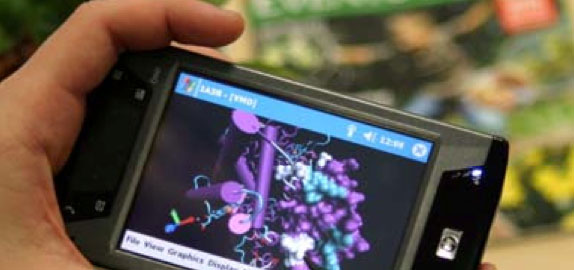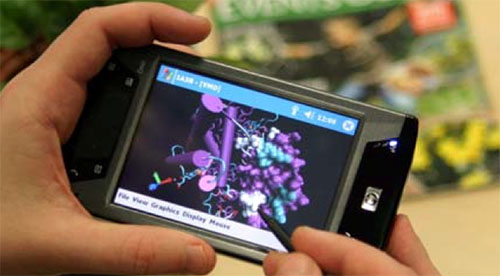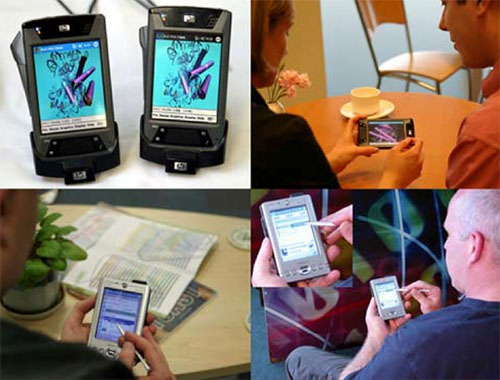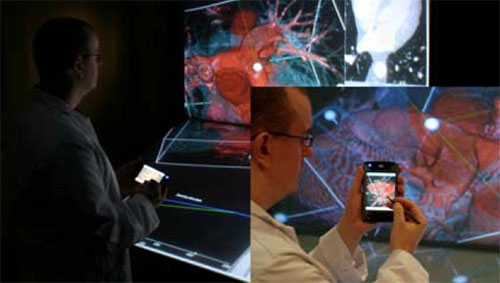Modelling and Simulation

Supercomputing in the Palm of the Hand
Problem Statement
New computing infrastructures called grids are emerging. Grids are enabling the scientist to address the next generation problems in computational science and engineering through providing access to collections of distributed supercomputers. Increasingly large-scale computer simulations that are being enabled by grids can run for several days and weeks at a time. A serious problem is that the scientist may run their simulation only to discover that uninteresting results have been computed or that a significant amount of the compute time has been wasted upon redundant computation. This is an especially serious problem given that the scientist (or their institution) has to pay for used compute cycles on a grid.
Breakthrough Solution
This research has developed an innovative software tool that can enable the scientist to monitor and control grid-based simulations from anywhere and at any time (24/7) via a handheld PDA device.

Using this tool, the scientist can regularly check simulations for continued valid output and terminate simulations when necessary to avoid wasted compute cycles. More powerfully, this tool can enable the scientist to interactively control the state of a running simulation to achieve results within an optimal timeframe.
Enabled Capability
The principal capability of this tool is computational steering, which is a technique that involves monitoring a running simulation through visualization and controlling a simulation through interactive parameter adjustments. An extremely important feature of the software is that the scientist is enabled view and interactively explore a 3D visualization of a simulation via the PDA. In addition to computational steering, the software can enable the scientist to launch and terminate simulations on a grid.


Challenges Overcome
State of the art PDA hardware was incapable of processing visualizations of the large-scale 3D data that is generated by modern grid simulations. To overcome the inherent limitation of the PDA device, a sophisticated software system was developed that can enable a visualization to be processed on a grid and for the user to view and interact with a remote visualization in near real-time via the PDA.
Scientists required to compare concurrently running simulations. On the desktop, this capability was provided for by displaying multiple windows on the screen. A PDA can inherently only display a single window. To overcome this, a facility was developed through which the scientist can connect the PDA client to multiple simulations and interactively switch between which simulation is displayed on the screen at any given time.
Secure access to simulation data was an important requirement of the scientist. A considerable amount of new program code was developed to enable a PDA device to interoperate with the sophisticated security frameworks that are in place on a grid.
Scientific Impact
This innovation has significantly improved the usability of grid-based simulations and is now routinely used by scientists. An example of where the tool is used is in the UK- based RealityGrid project (www.realitygrid.org), which is using grids to study complex condensed matter and biological systems. In this project, the PDA tool is used to interact with simulations running on the US’ grid facility (the TeraGrid) and on the UK’s grid.
Spin-off research from this project led to the developed PDA visualization technology being incorporated into a stereoscopic cardiology visualization application that is being developed at Loughborough University for trial use at the NHS Glenfield hospital.

Want to know more? Contact Professor Roy Kalawsky r.s.kalawsky @lboro.ac.uk, 01509 63 5678
